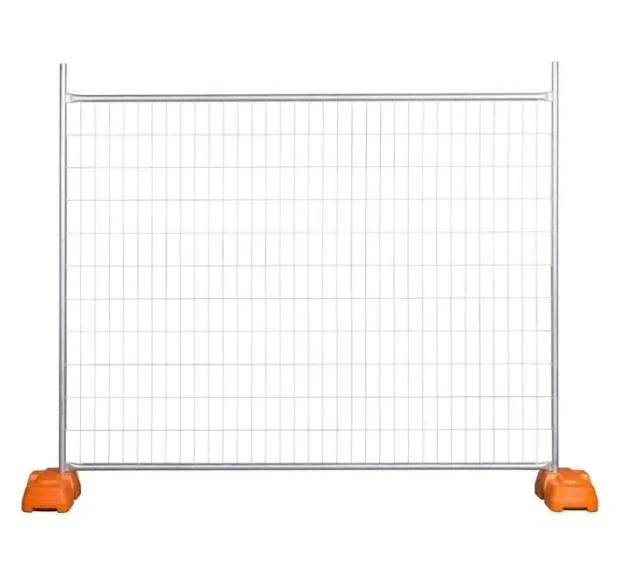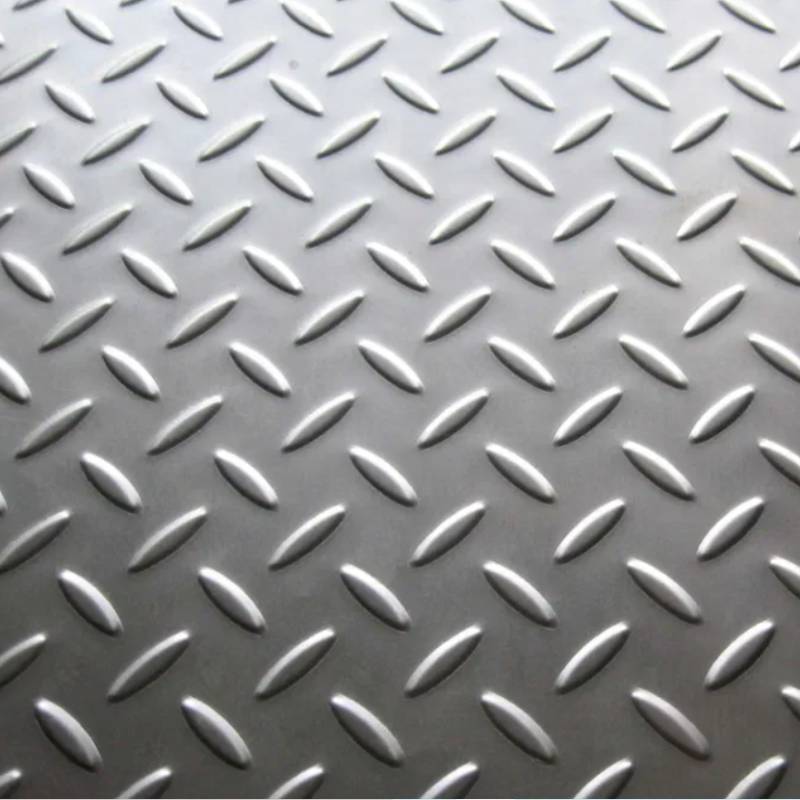Type 316 stainless steel mesh is a material renowned for its exceptional properties and versatile applications. Built on the foundation of its chemical composition, which includes higher levels of molybdenum compared to type 304, 316 stainless steel mesh exhibits superior resistance to corrosion, particularly against chlorides and industrial solvents. This makes it a preferred choice in environments that pose significant challenges to material integrity, such as marine environments, chemical processing plants, and outdoor architectural structures.

One of the most compelling attributes of 316 stainless steel mesh is its unparalleled resistance to pitting and crevice corrosion, which are common in saltwater and other corrosive settings. This feature is a testament to its manufacturing process and composition, which blends elements to enhance durability and longevity even in the harshest conditions.
Professionals in industries ranging from pharmaceuticals to petrochemicals have continually endorsed 316 stainless steel mesh for its dependability. For instance, in the pharmaceutical industry, it's frequently employed in filtration systems due to its non-reactive nature and hygiene assurance, which are critical when dealing with sensitive compounds that require purity and precision.
This assures manufacturers that contamination risks are minimized, thus safeguarding the quality and efficacy of pharmaceutical products.

In marine engineering, the choice of 316 stainless steel mesh offers a practical solution to one of the industry's persistent challenges corrosion from continuous exposure to seawater and salty air. Engineered to withstand these forces, 316 stainless steel mesh is often used for safety screens, shipbuilding, and outdoor installations on yachts and coastal facilities. Its strength ensures structural integrity over time, reducing the frequency of maintenance work and subsequent costs.
Architects and designers are also much aligned with using 316 stainless steel mesh in their projects. With its sleek appearance and ability to maintain its aesthetic over years without dulling or tarnishing, it is increasingly chosen for architectural facades. This material not only contributes to the beauty of structures but also adds an extra layer of security due to its tensile strength and resilience.
316 stainless steel mesh
From a practical standpoint, the manipulation and fabrication of 316 stainless steel mesh into various forms and sizes make it an adaptable option for customized requirements. Whether it’s woven, welded, or knitted, the mesh can be tailored to meet the specific needs of any given project or application. This versatility makes it an invaluable resource in both industrial and creative sectors.
A key point that validation exercises and case studies often highlight is the cost-effectiveness of using 316 stainless steel mesh given its long-term performance advantages. While the initial investment may be higher than alternative materials, the durability and reduced maintenance costs provide significant savings over the lifespan of the installation. This aligns well with the sustainability goals of companies aiming to lessen their environmental footprint by minimizing resource consumption and waste.
The field reports and expert testimonials consistently underline the trustworthiness of 316 stainless steel mesh. Its track record of performance in critical applications where failure is not an option reinforces its position as a reliable material.
Overall, the expert opinion converges on the fact that 316 stainless steel mesh is not just a material, but a solution. Its combination of resistance to environmental and chemical aggressors, strength, longevity, and aesthetic appeal makes it a cornerstone in industries where performance cannot be compromised. For buyers and engineers contemplating the selection of materials for demanding applications, 316 stainless steel mesh represents a top-tier choice backed by decades of successful use and ongoing innovations in production.
























